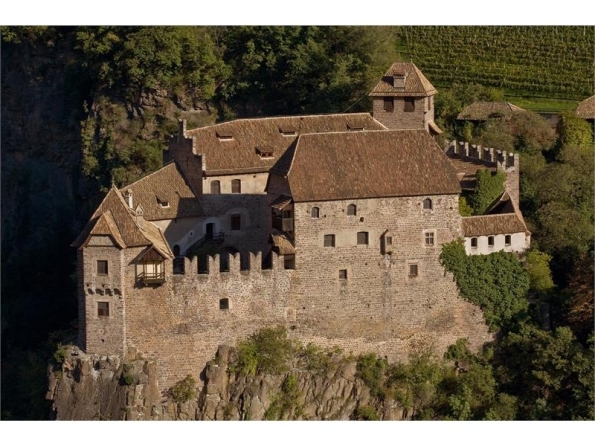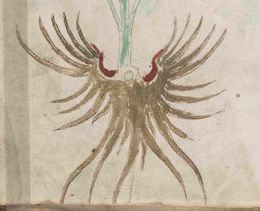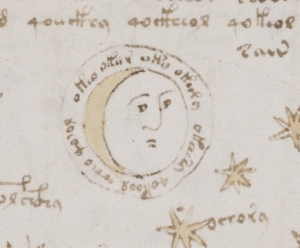Archive
Runkelstein Castle and the Voynich Manuscript
Runkelstein Castle , in the South Tyrol, dates from the 13th. century and contains a set of mural paintings / frescoes that contain some features that are reminiscent of some images in the Voynich Manuscript. See this link for a collection of photos from the Castle. (Images in this post are copies from there and from http://www.runkelstein.info)
History of the Castle
http://www.runkelstein.info/runkelstein_en/history.asp
In summary, it was built by the Lords of Wangen in 1237, then taken over by Count Meinhard II of Tyrol in 1277, then bought by the Vintlers in 1385, one of whom was the counsellor and financier of the Count of Tyrol, Duke Leopold III of Austria. The Vintlers commissioned the frescos. Then in 1407 it was besieged. It was bought sometime later by Archduke Sigmund, who allowed George Hack Prince-Bishop of Trent to “take refuge” there in 1463. He left in 1465. In 1530 it was bought by Emperor Maximilian I, who installed his coat of arms in two places (above a door and on top of a chimney). Actually the date of 1530 for this appears at odds with the rest of the history on the web page, which talks of the Emperor giving it to his chancellor in 1493, then to Georg von Frundsberg. One of these dudes blew up the tower accidentally in 1520.
Then it was neglected until 1530 when it was bestowed to Sigmund von Brandis. After that it went to the Church of Trent (again) and they gave it to the Counts of Lichenstein-Castlecorno as a feud in around 1154. The Count Hans Jacon’s arms are on top of the entrance.
Spreadeagle
Detail of VMs folio f46v
Compare with the right hand crest on this fresco in the Castle:
Compare the angled blue striped shield at the left with the VMs tub on the outer figures ring at 10 o’clock on f71r (R.Sale’s Fieschi arms)
Compare the tubs in f71r with the bath tub depicted in another fresco at the Castle:

A crowned chap in a bathtub in one of the Castle frescos
Crossbowman and Huntsman
Compare the head gear of the crossbowman in the VMs with that of the huntsman in red on a fresco in the castle. Also note the general shape of the bow and arrow in both pictures.
Sun and Moon
Compare the Sun and Moon in the VMs with their depictions in the Castle’s bathroom.
(Sun/Moon image from http://www.runkelstein.info/images_big/sonne_mond_en.html)
Symbol on f1r
Compare the “bird glyph” symbol on f1r with the shape of the crown being worn by the lady on a fresco at the Castle. (Note also the spreadeagle emblem of the Tyrol on the rug.)

Unusually shaped crown being worn by a lady on one of the Castle frescos
Castles in the VMs
Compare the appearance of the three towers castle in the VMs Rosettes folio, and the Castle Runkelstein as depicted in its frescos:
Now look at the shape of the VMs “Tower in a Hole” (as named by Rich Santa Coloma), and compare with the central tower in the above detail:

The VMs “Tower in a Hole”
Woman Holding Round Object
The interesting similarity here is the pose of the two women, which is almost identical. Also note they are both holding round objects, and wearing head dresses that have a central feature. The woman depicted on the Runkelstein fresco is Margarete Maultasch (“satchel-mouth”), countess and ruler of Tyrol (1318-1369) .













